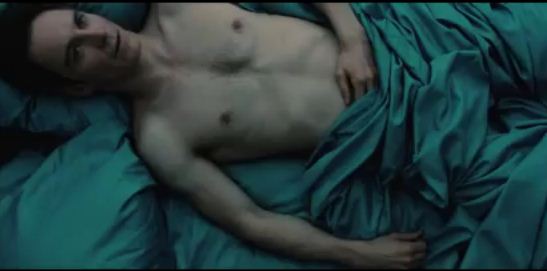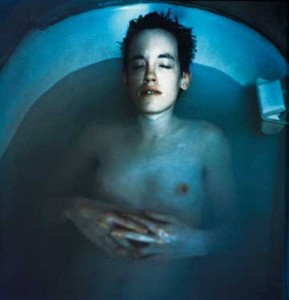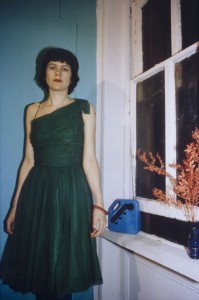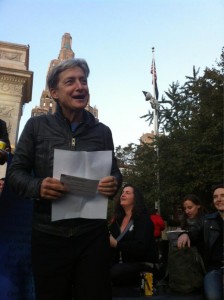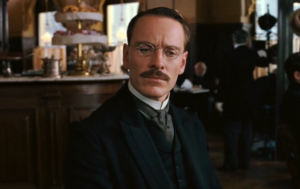So OWS is back up and running after some of us stepped back for the holidays–although many didn’t, I should add. Today I spent about seven hours in Occupy meetings and discussions but I’m by no means claiming that as exceptional–as I write many people are still attending the excellent 16Beaver seminar on the future of Occupy, which is a nine-day event.
The day began with the Education and Empowerment working group meeting, which I had the opportunity to facilitate. Facilitation is such an interesting exercise, very different to chairing. It’s about staying back, making sure everyone feels involved and listened to, and keeping the meeting on process–as well as making sure to celebrate moments of consensus over proposals. E and E is an easy group to work with, as everyone is very engaged with the project: details forthcoming on nycga.net for the interested.
The meeting divided with some heading to OccU [Occupy University] and the rest of us going to 16Beaver, which describes itself as a
space initiated/run by artists to create and maintain an ongoing platform for the presentation, production, and discussion of a variety of artistic/cultural/economic/political projects.
It’s been a tremendous resource for OWS with many working groups holding meetings in the downtown space.
The discussion began today by considering the international context for Occupy, led by Brian Jourdan and Marianne Maekelbergh, videographers who have covered events in the UK, Barcelona, Greece and Egypt. Each video showed a different emphasis and set of tactics on behalf of the Occupy movement, as well as a different set of problems they have to deal with.
In Barcelona (below), it was fascinating to see that the city has developed its long history of autonomy into neighborhood assemblies. These assemblies have occupied hospitals to keep them open in the era of austerity. They’ve occupied empty apartment buildings for the homeless. They’re dealing with 45% youth unemployment, an 80% fall in property values and a system that compels people who have been foreclosed to nonetheless keep paying their mortgages. In the recent election, the movement tactic of spoiling ballots–which still have to be counted–so as not to vote for either neo-liberal party resulted in a higher count of spoiled ballots than votes for the “victorious” conservative Popular Party.
Occupied Barcelona: The Spanish Election Rejection from brandon jourdan on Vimeo.
Even more striking in some ways was the documentary from Greece. With a history of organizing dating back to the military dictatorship of the 1970s, the left is well accustomed to dealing with crisis in Greece, even though the situation is now extraordinary. Following a 4% contraction last year, the economy is set to contract again by 6% in the year ahead. Unemployment is officially 17%.
Greeks are responding by refusing to accept the austerity because their resources don’t permit them to do so. They have refused to pay new fees to visit doctors, to pay increased bus fares, electricity surcharges and new tolls on roads. The “I Won’t Pay” movement is gaining adherents daily. For US debt refusal movements there is much to be learned here, even as we need to recognize that the fascist and police violence far exceeds anything that Occupy has had to deal with.
Crisis in Greece from brandon jourdan on Vimeo.
These striking documentaries prompted a wide-ranging discussion on relations of the local and the international, on the tactics to be used by Occupy after the evictions and how to grow the movement. It’s so not over.

